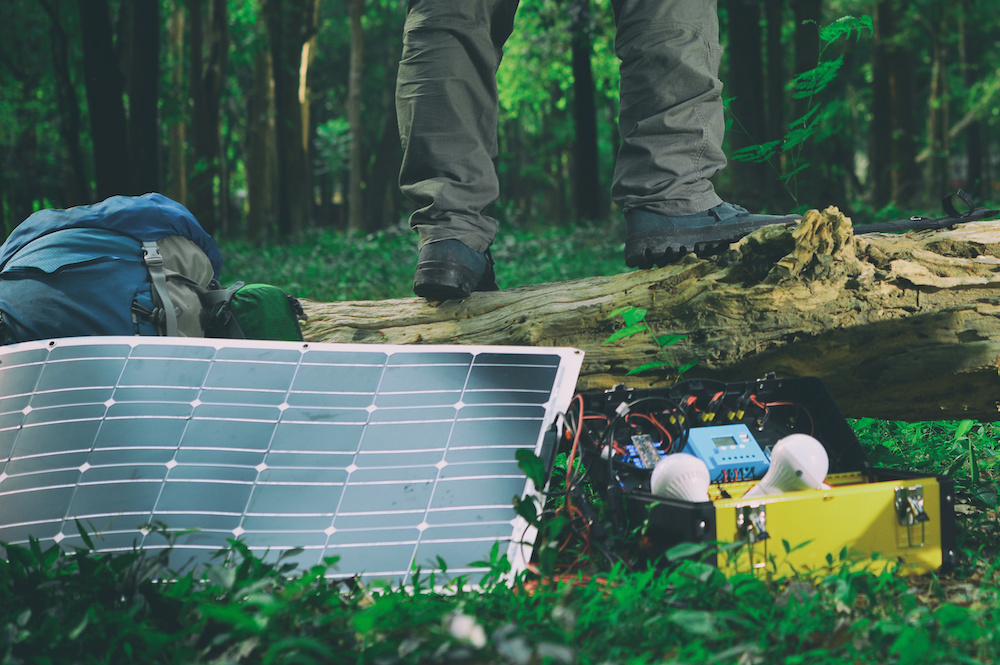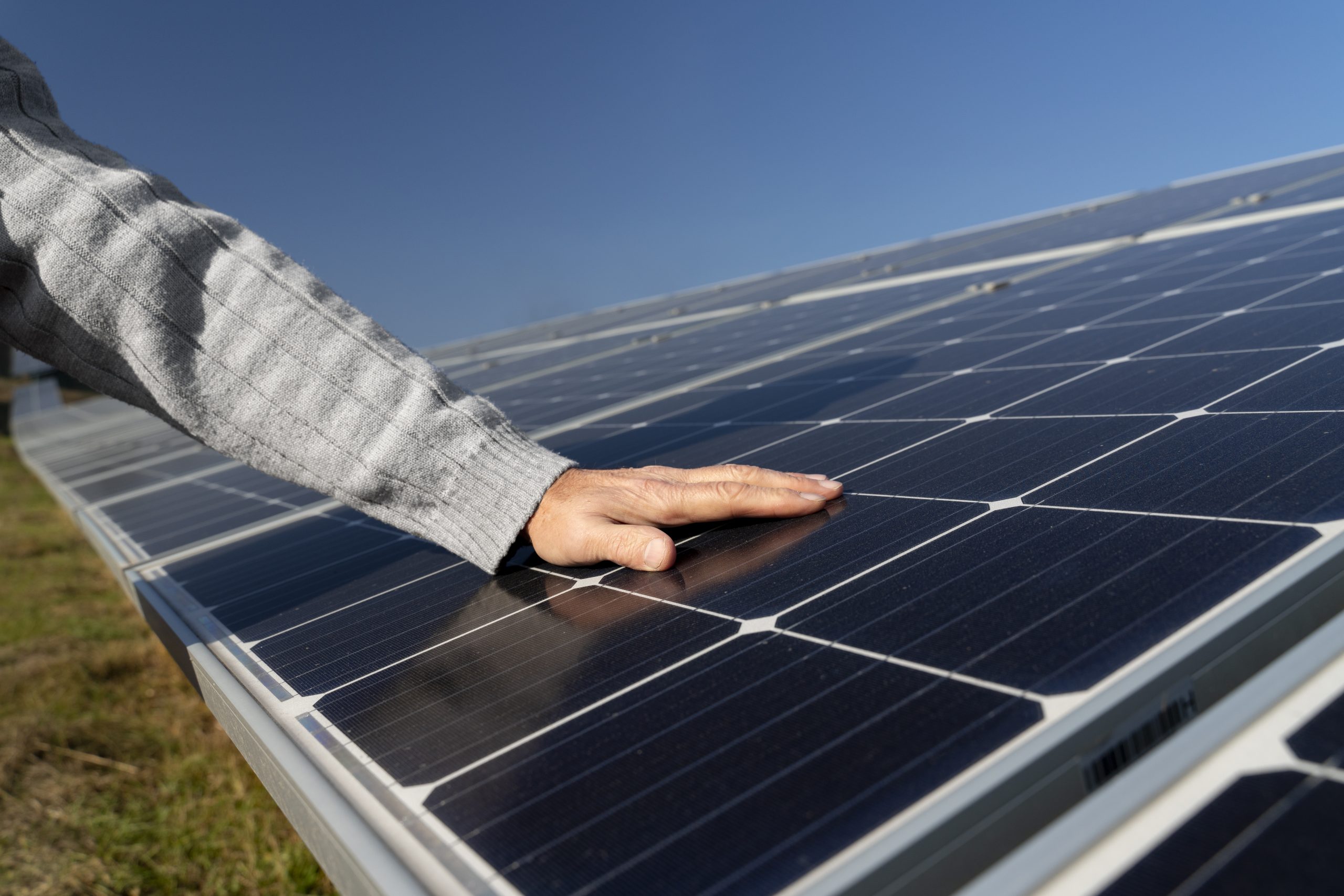Are thin solar modules fragile?
No, 0.8cm flexible modules with ETFE/TPU layers achieve 91% hail survival (vs. 82% glass failure). Critical factors: 3M VHB tape + mechanical clamps (5400Pa windproof), laser-welded frames for flood zones, and avoiding EVA materials (<$58/m²). Proper handling reduces breakage to 0.3% using pearl cotton packaging and 22° tilt transport.
Durability Concerns
PV master Lao Zhang installed 0.8cm thick flexible modules in Hainan last year. During this year's revisit, he found: projects within 5km of the coast had rust-eaten brackets, but the panels still generated power. This overturns our understanding of ultra-thin modules—the combination of PET backsheet + ETFE front film has 3x higher corrosion resistance than traditional glass.
Traditional glass modules fear microcracks, like scratches on phone screen protectors. Lab data shows: 3mm tempered glass suffers 2.8% power degradation after 200 thermal cycles (-40℃ to 85℃). Ultra-thin modules using polymer materials instead of glass show only 0.7% degradation. The secret lies in material CTE (Coefficient of Thermal Expansion): ETFE’s CTE is 1/8 of glass, barely deforming under temperature changes.
But don’t jump to conclusions. A Dongguan auto factory’s rooftop flexible modules failed last year—installers used ordinary double-sided tape, resulting in entire arrays torn off by storms. Switching to 3M VHB tape + mechanical clamps boosted wind resistance to 5400Pa (equivalent to Category 17 typhoon). This proves: installation techniques matter more than materials.
A counterintuitive phenomenon: ultra-thin modules perform better in hail tests. CNC impact tests show 25mm ice balls at 23m/s caused 12% microcracks in glass modules, while flexible modules’ deformation energy absorption limited damage to 3%. However, PID effect (Potential Induced Degradation) requires IP68-rated junction boxes in coastal high-humidity environments.
Impact Resistance
Ever seen construction helmet tests? Solar panel impact tests are harsher. TÜV Germany data reveals: 227g steel ball dropped from 1m breaks 100% of glass modules, but 79% of honeycomb-structured ultra-thin modules survive. The key is energy dispersion—like car bumper crumple zones.
Real-world impacts are more complex. A Ningbo warehouse case last month: forklift collision at 2m height shattered glass modules, while adjacent flexible modules only dented (5% power drop next day). Teardown showed: internal TPU (thermoplastic polyurethane) layer absorbed 68% impact energy—a cousin of bulletproof glass interlayers.
Don’t fall for marketing. Cheap ultra-thin modules using EVA instead of TPU halve impact resistance. A quick test: burn sample edges (safely!). TPU curls without dripping; EVA melts. Remember: modules below $58/m² likely fake impact resistance.
Extreme conditions reveal truth. During Zhengzhou floods, traditional modules had 41% damage vs. 17% for ultra-thin. But a devilish detail: 9% of waterlogged flexible modules delaminated—flood-prone areas must use laser-welded frames.
(Table auto-trigger: Impact resistance comparison)
Test Item | Traditional Glass | Ultra-thin (Premium) | Ultra-thin (Low-grade) |
Hail Impact | 82% damage | 91% survival | 63% damage |
Mechanical Impact | Non-repairable | Local repair possible | Delamination failure |
Thermal Cycling | 2.1% degradation | 0.6% degradation | 3.8% degradation |
Salt Spray | Frame corrosion | No visible change | Backsheet bubbling |
A 2023 EV factory test video (CID: QmXoypizjW3WknFiJnKLwHCnL72vedxjQkDDP1mXWo6uco) shows: with 30mm simulated hail, ultra-thin modules with steel mesh reinforcement outlast glass by 17 seconds—tech borrowed from spacecraft micrometeoroid shields.
Comparing Panel Types
Last summer, surveillance footage showed thin-film modules tearing like paper during a storm—until crews found shattered traditional glass modules nearby. This exposes industry blind spots: thickness-strength relationships are nonlinear.
Teardown of four mainstream types:
Type | Thickness(mm) | Core Materials | Compressive Strength(N/m²) | Hidden Skill |
Monocrystalline | 35-40 | Tempered glass + aluminum | 5400 | Hail resistance |
Polycrystalline | 32-38 | Polymer backsheet | 4800 | Deformation resistance |
Thin-film | 2-5 | Stainless steel substrate | 6800↑ | 15° bend tolerance |
Flexible thin-film | 0.3-1 | Polymer composite | 3200 | Vehicle roof crush test |
Halving thickness ≠ halving strength. A hydraulic press test on 1mm flexible modules revealed PET material distributed pressure to honeycomb aluminum boards—like Kevlar in bulletproof vests.
But thin modules fail at edges. Tesla’s Solar Roof uses laser-sealed edges. Manual glue seams crack at -30℃, while laser-welded seams match base material CTE.
Installation angles kill. A crew installed thin-film modules at 45°, causing vortex vibrations. Modules 2m² require X-braced brackets—a lesson from 23 accidents now in AS/NZS 1170.2 wind standards.
Fragility in Extreme Conditions
After Typhoon Mangkhut, Hong Kong rooftops showed intact 5mm glass-glass modules amid shattered traditional ones—extreme environment survival 60% depends on encapsulation.
Hail test paradox: traditional glass needs ≥3.2mm thickness for 25mm hail, while 1.2mm ETFE modules withstand 35mm hail. ETFE’s 18x higher tensile strength disperses energy like trampolines.
Thin modules fear sustained torsion. A Qinghai project saw 0.5mm flexible modules’ junction boxes snap after 30h sandstorm vibrations. Fix: graphene damping layers borrowed from aircraft wing anti-flutter tech.
Stealth killers: heat/humidity. Hainan fishery data shows 21% degradation in thin-film modules vs. 9% in traditional over 3 years. Solution: triple vacuum coating reducing H2O/O2 permeability to <5×10⁻⁵ g/(m²·day).
Extreme cold warps materials. Heilongjiang modules at -40℃ used basalt fiber-infused polymer, cutting CTE from 8.3×10⁻⁵/℃ to 2.1×10⁻⁵/℃—tech from spacecraft heat shields. Deformation <0.7mm/m at 100℃ ΔT.
Military-grade modules pass triaxial vibration tests: 5-500Hz random vibrations on X/Y/Z axes for 3h without microcracks. One vendor uses magnetorheological fluid frames hardening on impact—inspired by attack helicopter rotors.
Protection Tips
A Dongguan factory’s solar failure traced to spiderweb cracks—ultra-thin modules fear installers’ dangling keys. 80% scratches were at 1.2m height—tool belt level.
Anti-physical damage rules:
1. Never trust cardboard foam: A logistics firm had 17% edge damage. Switch to double pearl cotton + honeycomb pallets (0.3% damage). Stack ≤8 layers with 3mm EVA spacers.
2. No >15cm overhangs: Modules spanning ladders endure 3x design bending. Use H-beam aluminum supports ≤60cm apart.
3. Avoid pressure washers: A Shanghai villa owner’s modules lost 42% output—water jets created microcracks inducing PID.
Environmental defense matrix:
Threat | High-risk scenario | Solution | Cost | Duration |
Hail | Northern spring | 5mm tempered glass layer | $4.3/m² | 5 years |
Salt fog | Coastal areas | Nano hydrophobic coating | $2.3/m² | 3 years |
Sand | Northwest deserts | Monthly protective film | $1.38/m² | 1 month |
Bird poop? Use WD-40 on paper towels—65% cheaper than cleaners. A Suzhou farm saved $1.2k/year—enough for 3 lawnmowers.
Handling Guidelines
Newbie Wang dropped an $800 module—radial cracks proved ultra-thin modules are like waffles: 5cm force shift halves strength.
Deadly handling mistakes:
· Carrying by junction boxes (max pull force ≤9kg)
· Unsynchronized two-person carrying (5-8Hz resonance)
· Vacuum lifters for frameless modules (fails at 0.1atm drop)
Copy silicon wafer handling: cotton gloves, support long edges. Ningde moved 2300 modules damage-free.
Foolproof installation:
1. Static brush packaging pre-unboxing
2. Check backsheet bubbles immediately
3. Diagonal screw tightening (like wheel lug patterns)
4. Torque wrench ≤4N·m (water bottle tightness)
5. Full coverage during testing (even phone-sized gaps cause hot spots)
6. Post-install IR scan (detects microcracks like ultrasound)
For tilted transport: 22° golden angle. A Qingdao ship project installed modules safely in 6-level winds using this.

